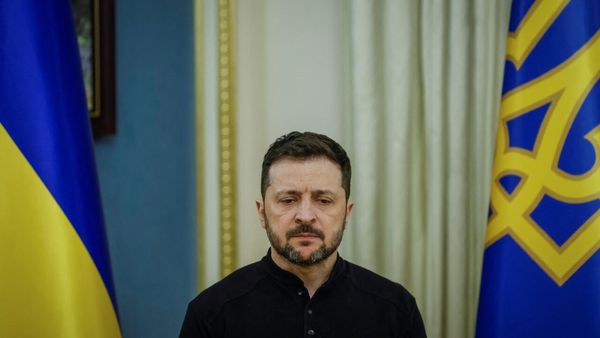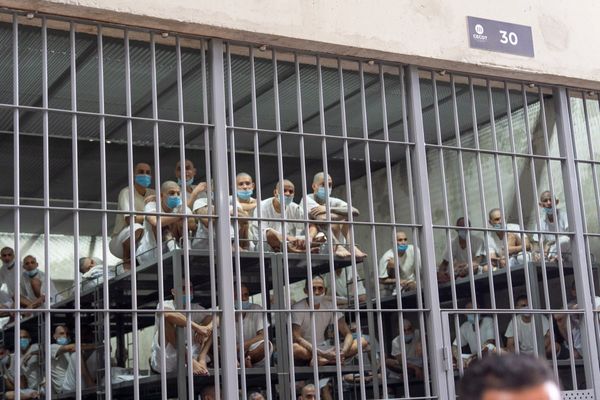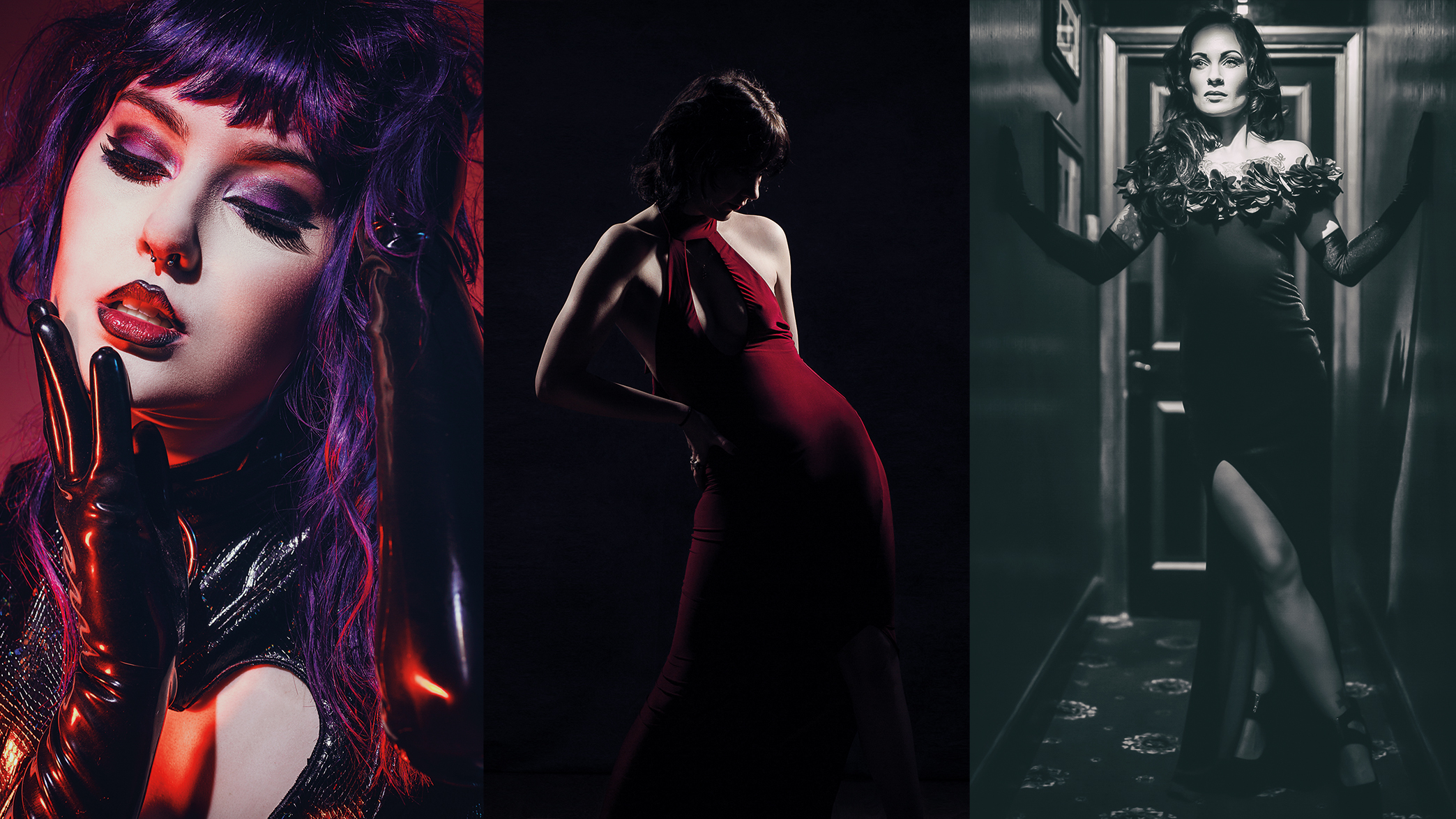
I like images that draw people in and make them go ‘wow!’ – bold, dynamic shots with drama, passion and mystery have this impact. There is no better feeling than working with a client or model on an image and seeing their reaction to the final photograph. Here, my process begins with a meeting with the model, looking at ideas and discussing ways to create the image. This involves considering lighting, themes and locations – for me, clear communication is vital for any shoot I do.
If you are new to this genre and style, my advice is to do some research. The internet is full of inspirational content, find a style you feel suits your ideas and adapt it to your own concept and flair. Most importantly, don’t be afraid to try something – think outside your comfort zone, break the rules and don’t dismiss an image on first look, you never know how the image may change in post-processing.
I prefer to have full control over the image from start to finish. When shooting on location, I balance natural light with studio strobes to reduce the background ambiance, adding more drama and moodiness, while using strobes to highlight my subject, making it visually stand out from the background. If I’m in my studio, I use multiple strobes to manipulate the light to what I require. I tend to favor simple, one-light setups, but for a more dramatic look, I add more lights to create high contrast and a dynamic that is hard to beat. While I do feel more comfortable in a studio environment, the limited size of a home studio shooting area can present challenges in choosing the right modifiers and lighting setup. In such a situation, flexibility is key to being able to adapt quickly.
Examples
High contrast
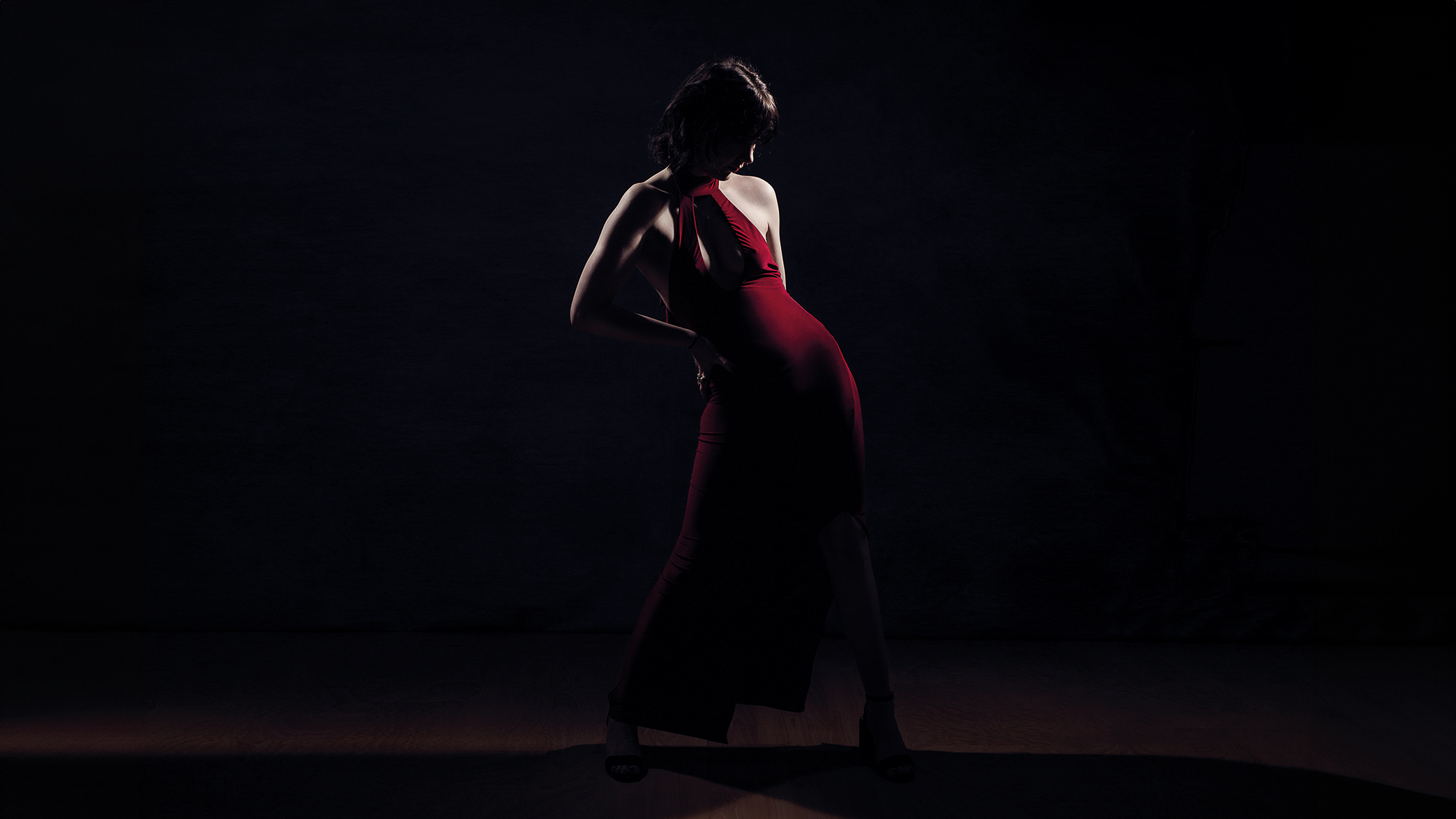
Gavin favors simple, one-light setups but for a more dramatic look, he adds lights to create high contrast and dynamism.
How it was shot
Camera: Canon EOS 5D Mark III
Lens: Sigma 50mm f/1.4 DG HSM Art
Aperture: f/7.1
Shutter Speed: 1/125sec
ISO: 100
How it was lit
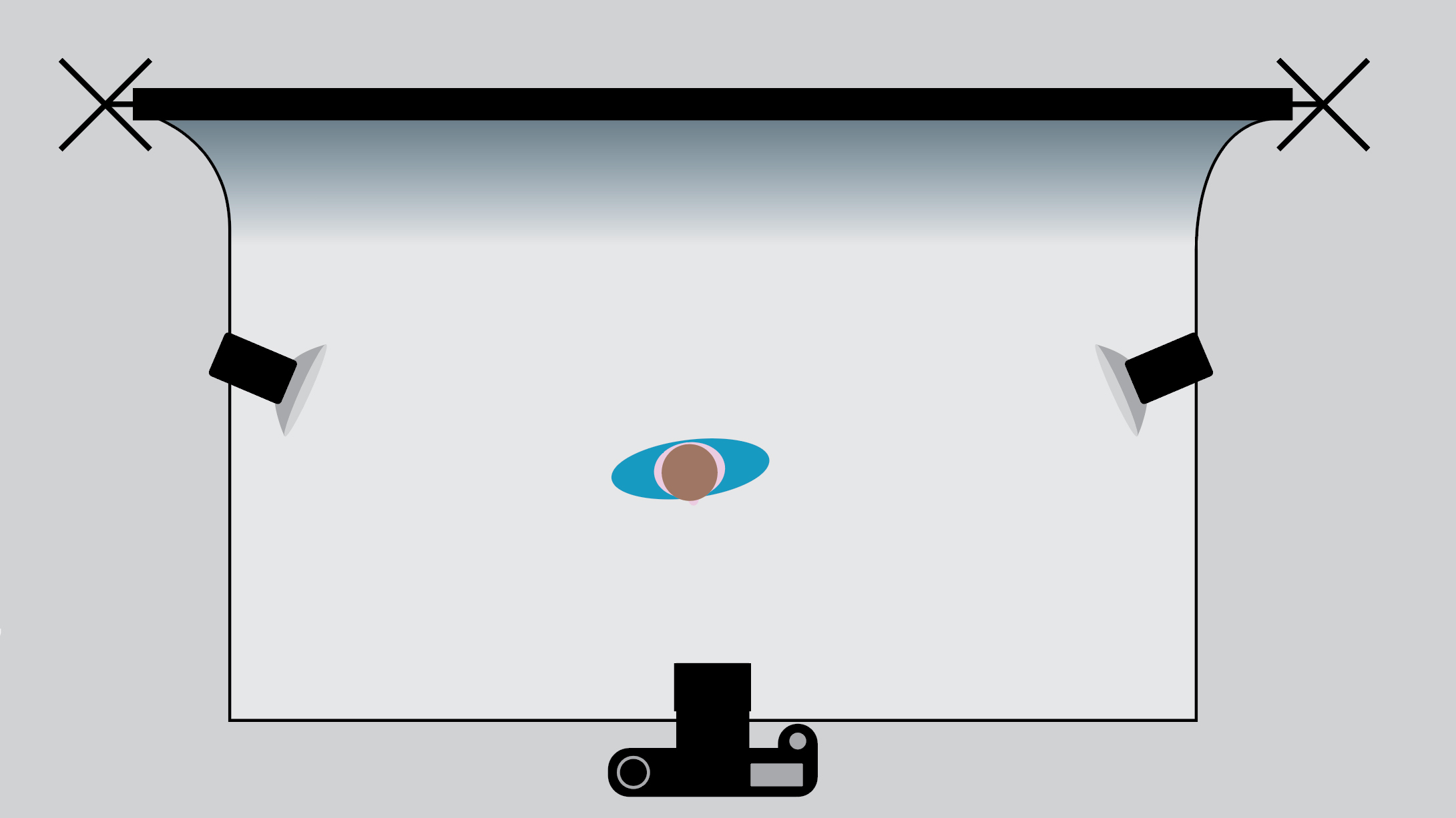
Film noir-style
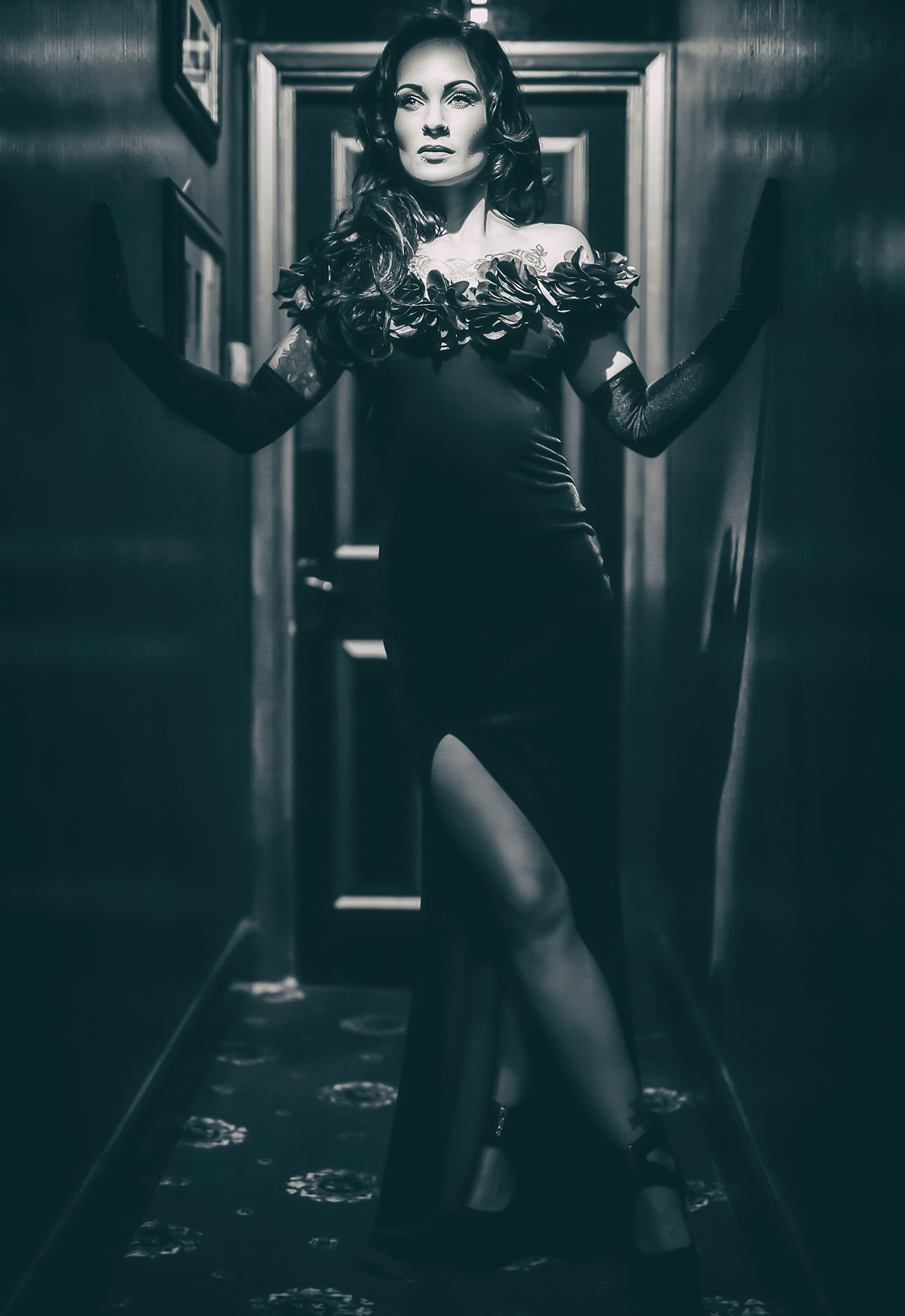
Gavin worked with a 16-inch beauty dish with a grid to focus the light on the model’s face, creating traditional 1940s-style film lighting with contrasting shadows.
How it was shot
Camera: Canon EOS 5D Mark III
Lens: Sigma 50mm f/1.4 DG HSM Art
Aperture: f/1.4
Shutter Speed: 1/50sec
ISO: 100
How it was lit
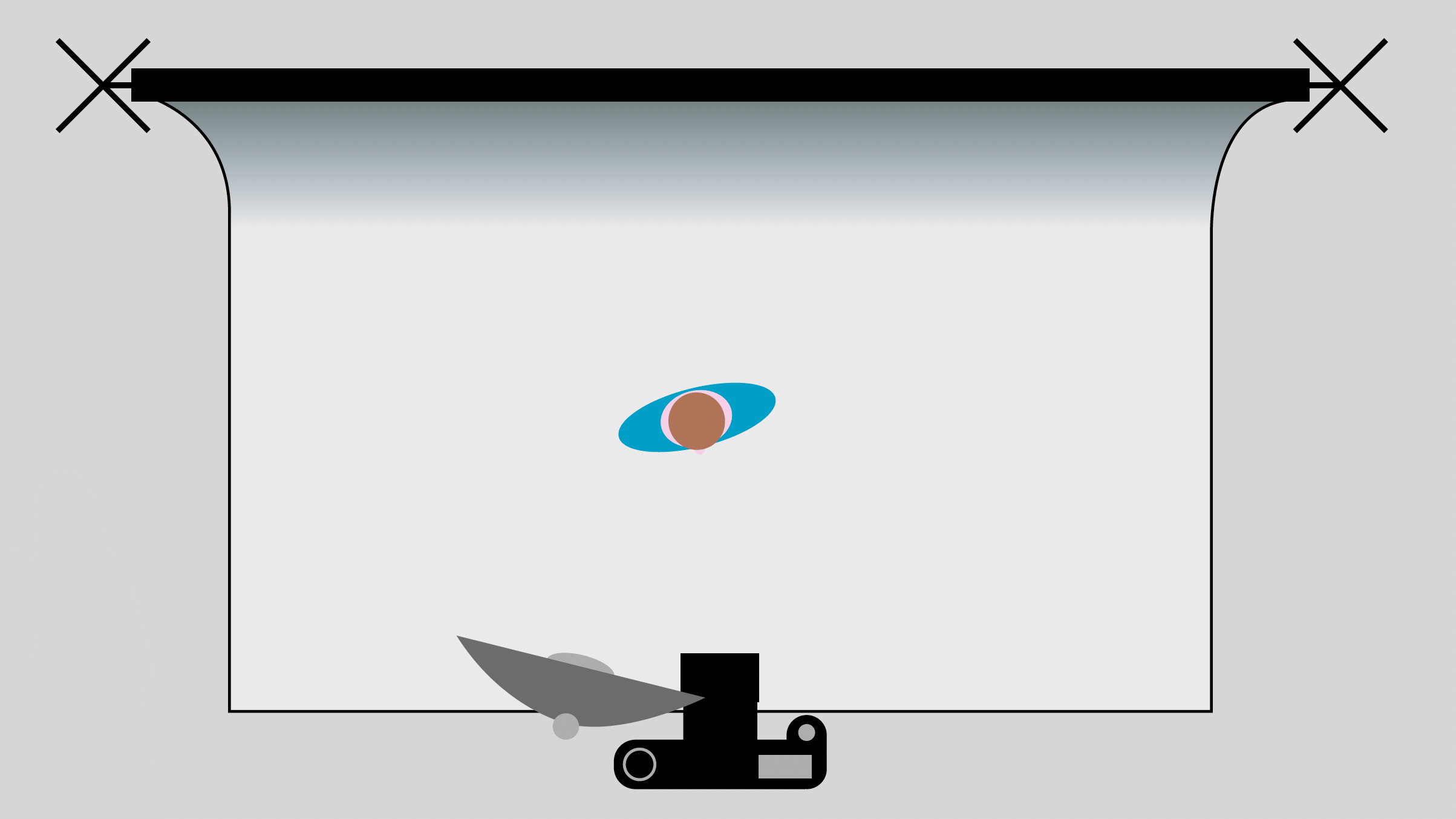
Strobe effect
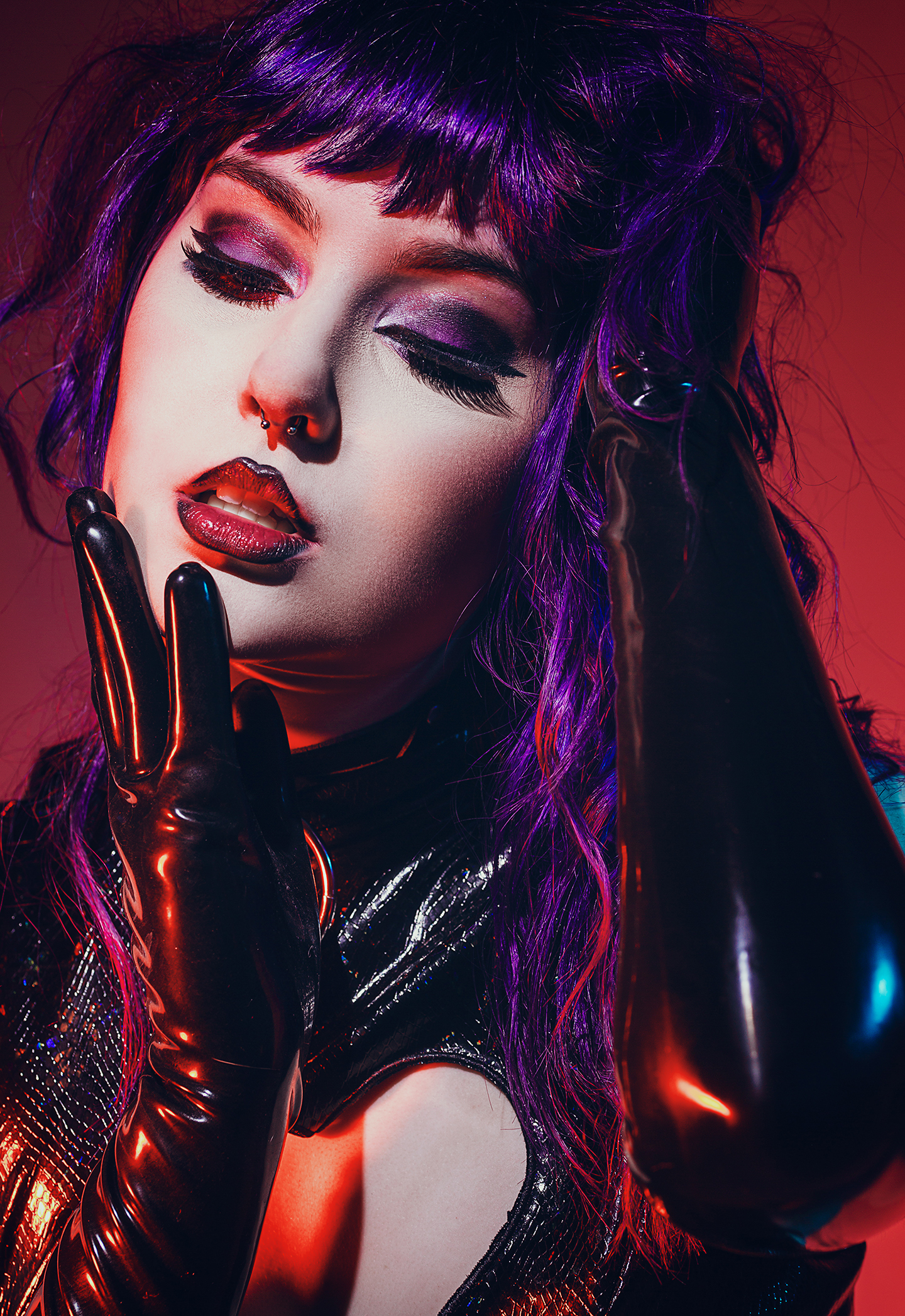
Gavin uses natural light with strobes to reduce the background ambiance and make the subject stand out.
How it was shot
Camera: Canon EOS 5D Mark III
Lens: Sigma 50mm f/1.4 DG HSM Art
Aperture: f/1.4
Shutter Speed: 1/50sec
ISO: 100
How it was lit
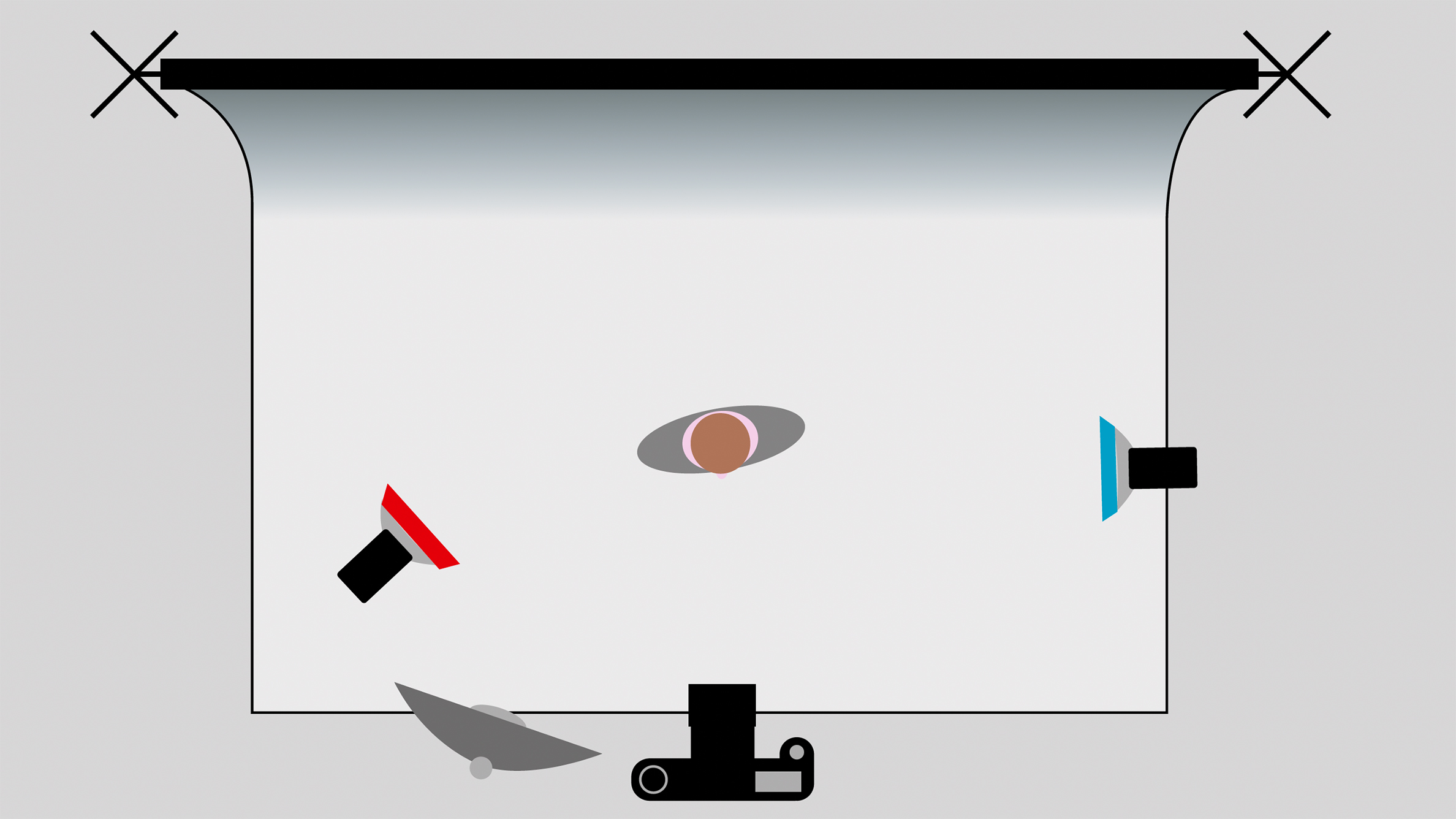
Gavin's kit
Camera and lenses
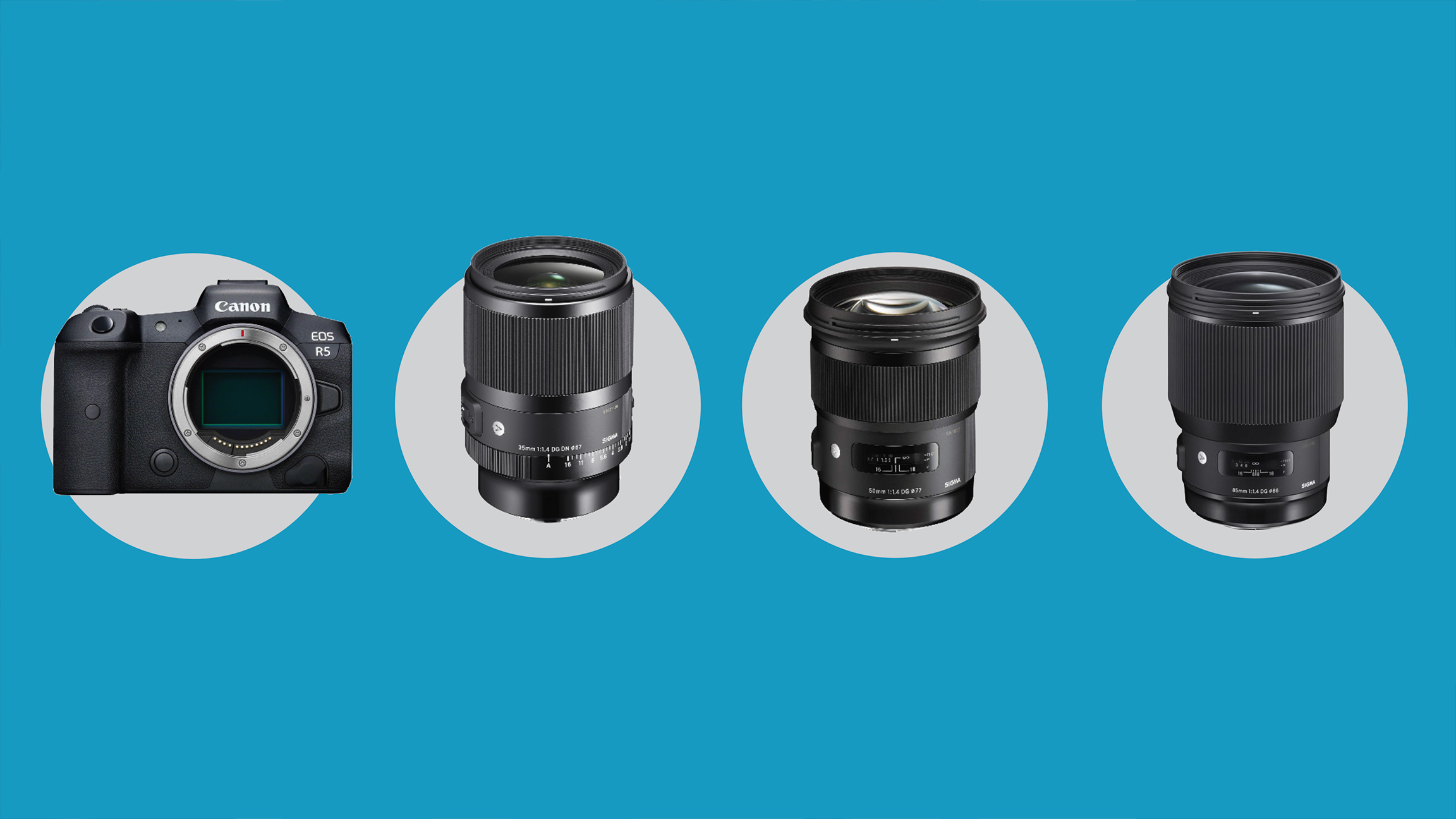
I have always been a Canon shooter, using Sigma Art lenses. My current go-to setup is the Canon R5 with either the Sigma 35mm, 50mm, or 85mm f/1.4 DG HSM Art lenses. They give me every option for shooting with bulletproof reliability.
Lighting kit
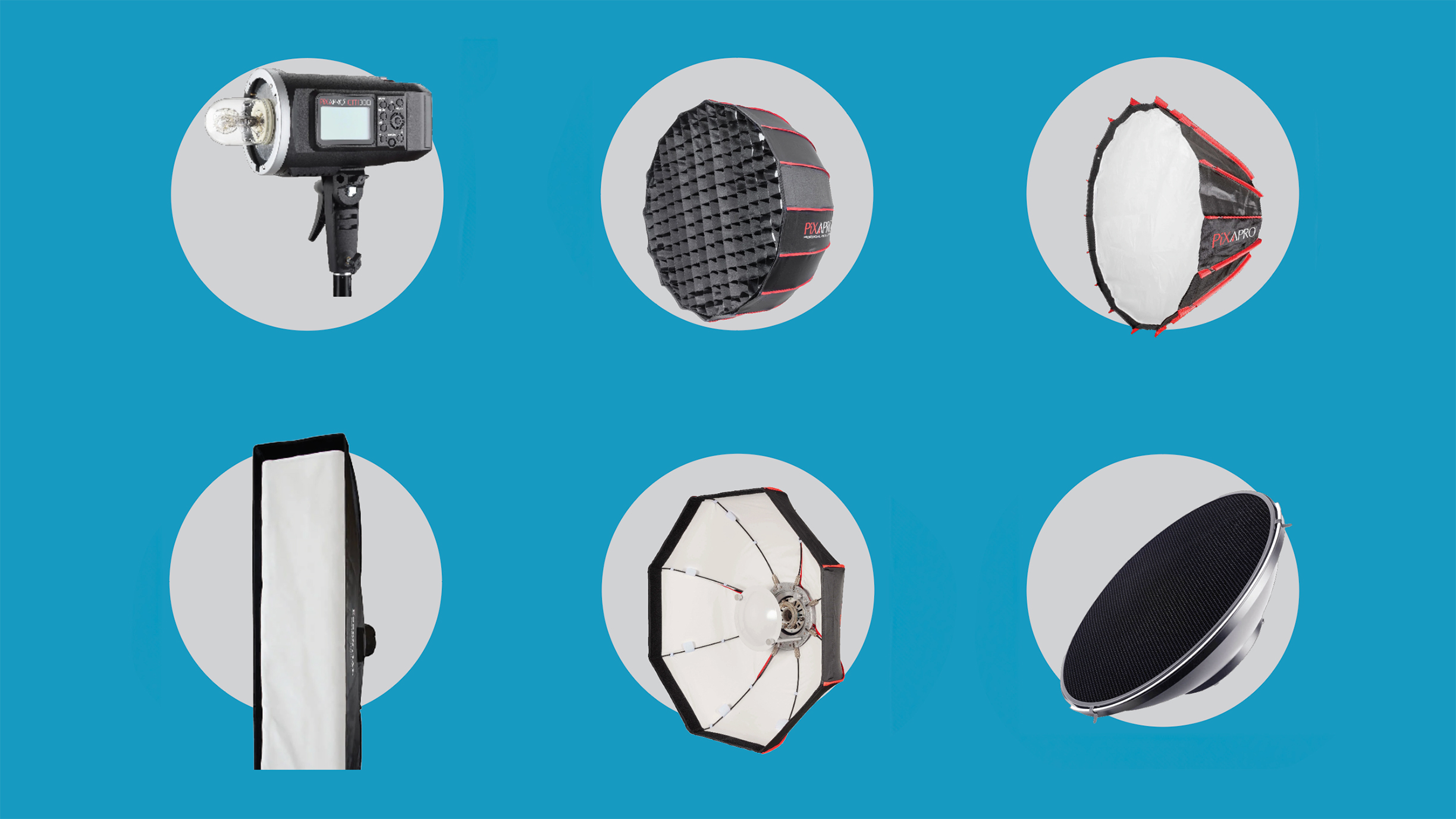
I use Pixapro/Godox studio lights, in my opinion, the best value lights, to be more detailed I have three Pixapro CITI600 Manual Studio Flash Bowens Mount (Godox AD600BM). Being wireless, I can use them anywhere. Add them to Pixapro’s range of light modifiers and you have a winning combination. Here are my go-to modifiers:
- Pixapro Easy-Open Parabolic White Softbox Light (65cm)
- Pixapro Deep Parabolic Softbox (90cm/120cm)
- 2x Pixapro Super Large Strip Softbox (30x120cm)
- Pixapro Studio White Wide Angle Beauty Dish Grid (60cm)
- Pixapro Silver Beauty Dish Lighting Studio with Grid (42cm)
You might be interested in exploring flash portrait photography further:
- Portrait photography: How to use different flash lighting modifiers
- Emulate film noir lighting in a home photography setup, using a gobo
Portrait photography masterclass:
- Part 1: Shoot a classically lit self-portrait
- Part 2: One-flash Rembrandt lighting
- Part 3: Incorporating props into portraits
- Part 4: Using gels with flash
